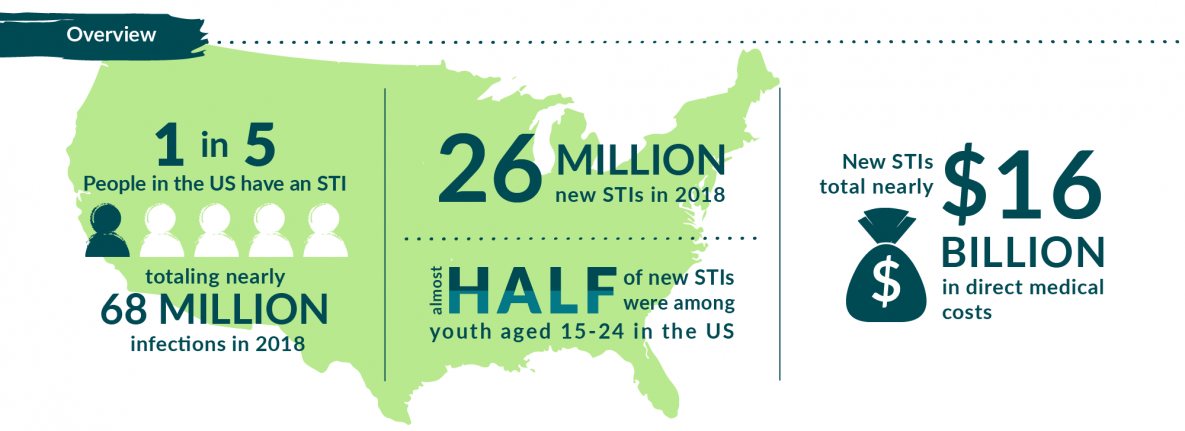


STI Awareness Week, observed the second full week in April, provides an opportunity to raise awareness about STIs and how they impact our lives; reduce STI-related stigma, fear, and discrimination; and ensure people have the tools and knowledge of STI prevention, testing, and treatment.

CDC estimates that about 20 percent of the U.S. population – approximately one in five people in the U.S. – had an STI on any given day in 2018, and STIs acquired that year cost the American health care system nearly $16 billion in health care costs alone. According to a recent 2024 CDC Newsroom Release, over 207,250 total syphilis cases were reported in the United States in 2022, an 80% increase since 2018 and compounding a decades-long upward trend.

This toolkit functions as a guide to help users understand each campaign’s theme and primary audiences and the corresponding materials available.
Our goal is for these campaigns to help you, our prevention partners, address the unique needs of the communities you serve and extend the reach of your STI prevention services. You can choose from three campaigns:
Each campaign focuses on different aspects of STI prevention and varies in target audiences. Each offers complementary resources, materials, and content you can tailor as you see fit. You may want to focus on one campaign entirely or to select and curate elements from different campaigns.
During and leading up to National STI Awareness Week, choose a campaign below and share some of these posts and images on social media tagging #STIweek. Help spark conversations about STIs with your friends and sexual partners.
Learn more about HIV and ways you can raise awareness today! Access the CDC's Let's Stop HIV Together to learn more about HIV.
You can raise awareness of STIs by using these social media graphics to help address the importance of reducing stigma with education and awareness, as they are in line with the North Carolina Ending the Epidemic (ETE) Plan that consists of three pillars: Engage and Embrace, Test and Treat, and Policy and Promotion. Each pillar has strategies, action steps and approaches to address stigma. The electronic version of the plan is available in English and Spanish.
Prepare Before You’re There
Encourages people to make a prevention “game plan” before they’re in the “heat of the
moment”.
GYT: Get Yourself Tested
Encourages young people to get tested and treated.
Talk. Test. Treat.
Encourages individuals and health care providers to take three simple actions: talk,
test, treat.